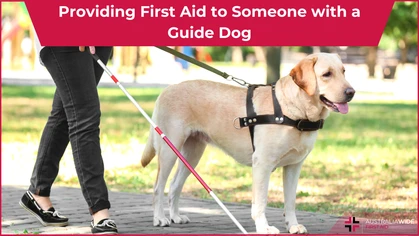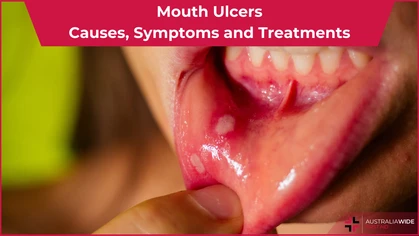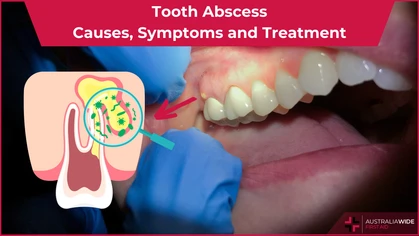How to be Culturally Respectful when Providing First Aid

General Health-Related
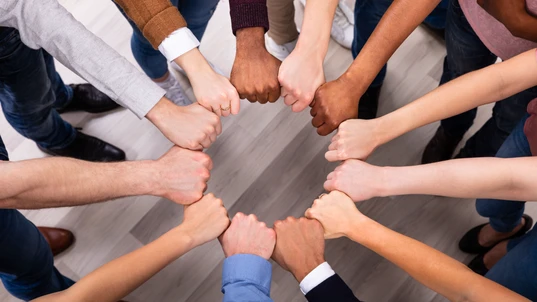
Cultural awareness is important in all aspects of our lives.
Australia is a multicultural country, with Australians identifying with more than 270 ancestries. We are also home to the world’s oldest continuous cultures. We should have an awareness of cultural differences to improve how we interact with others. It's our responsibility and a good opportunity. Being culturally respectful when providing first aid is important. It involves acknowledging and valuing the cultural beliefs, practices, and preferences of the individual or community you are assisting.What is cultural awareness?
Culture shapes our behaviours, experiences, and expectations. Every culture has unique approaches to all aspects of life and being aware of these differences in important. Cultural awareness is having some knowledge, understanding, and sensitivity towards different cultural groups. This includes their beliefs, practices, values, and perspectives and involves recognizing and appreciating the diversity of cultures. It involves understanding that cultural norms, traditions, and customs can vary greatly. These influence how you perceive and respond to various situations that require an emergency response. But it goes beyond mere recognition of cultural differences. Being culturally aware involves developing an empathetic and open-minded attitude towards people from diverse cultural backgrounds. It helps you avoid assumptions, stereotypes, and biases, allowing you to interact respectfully and effectively. It involves being conscious of your own cultural biases and how they may impact your interactions. By learning about other cultures, you can adapt your first aid response to their needs and preferences.Cultural awareness and sensitivity
Learn about the culture, traditions, and health beliefs of the people you interact with often. This could include groups of people within your local community, workplace, and places of leisure. Recognize that different cultures may have unique perspectives on health, illness, and treatment. As a first aid responder at work, talk to your colleagues about their cultures. You could, for example, make time for a workplace discussion. Each employee could highlight any culturally specific practices and beliefs that they would prefer in a first aid or emergency situation. If you are in a rural or remote location, speak with members of the community to learn about local practices and preferences.Respect personal space and privacy
When providing any first aid, it is important to always be mindful of cultural norms regarding personal space and privacy. Always ask for permission before providing assistance. People from different cultural backgrounds may have different boundaries or expectations when it comes to physical contact. Asking to help and asking to touch are different things when giving assistance. If you are unsure, ask. Likewise, discussing personal health matters may differ between cultures. Only ask what is necessary for treatment and respect any decision to not disclose information.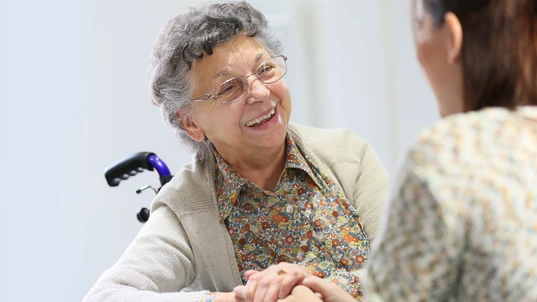
Culturally respectful communication can ease the casualty during stressful situations.
Communication and language
When providing first aid you should always make efforts to communicate effectively, considering language barriers and cultural nuances. Always use clear and simple language, and clear hand gestures. Avoid jargon and slang. Talk slow and calm – the casualty may not understand your accent, especially if they're stressed. Be patient and attentive when listening to the person's concerns or symptoms. Recognise that cultural differences could place emphasis on different aspects of the situation. If possible and appropriate, involve interpreters or cultural mediators who can bridge any communication gaps.Traditional healing practices
Traditional healing practices can differ quite significantly to modern techniques. It is important to respect and acknowledge any traditional healing practices or treatments the person or community may prefer. Ask if there are specific rituals or interventions to be considered in conjunction with first aid measures. Collaborate with local healers or traditional medicine practitioners if appropriate. It may be beneficial to hold conversations about this within your community or workplace.Involving family and community members
Recognize the importance of family and community in different cultures. If appropriate, find out if the person prefers the presence of family members or community members during the first aid process. Involving trusted individuals where time permits in first aid incidences can provide comfort and support. This is true not only for the casualty, but for you as well as the responder. Family and community members can provide important information to assist the process.Cultural considerations during treatment
Having a greater cultural awareness can allow you to proactively consider cultural factors when providing first aid. This may include considerations for religious or spiritual practices, dietary restrictions, or preferences for gender-specific care. It could also include restrictions on where the casualty will allow you to touch them. Adapt your approach to align with cultural norms and values, as long as it does not compromise the person's safety.Collaborate with local organizations
Engage with local organizations, community leaders, or healthcare providers to seek guidance and support. They can provide valuable insights into cultural protocols and appropriate ways to provide first aid within the specific cultural context. Improve cultural awareness in the workplace through connections with the community.Cultural respect
Remember that cultural respect is an ongoing process of learning and adapting. Each individual and community may have unique preferences and practices. Approach every interaction with an open mind, humility, and a willingness to listen and learn.
Originally published at
https://www.australiawidefirstaid.com.au/resources/how-to-be-culturally-respectful-when-providing-first-aid
as part of the Australia Wide First Aid Articles Library





